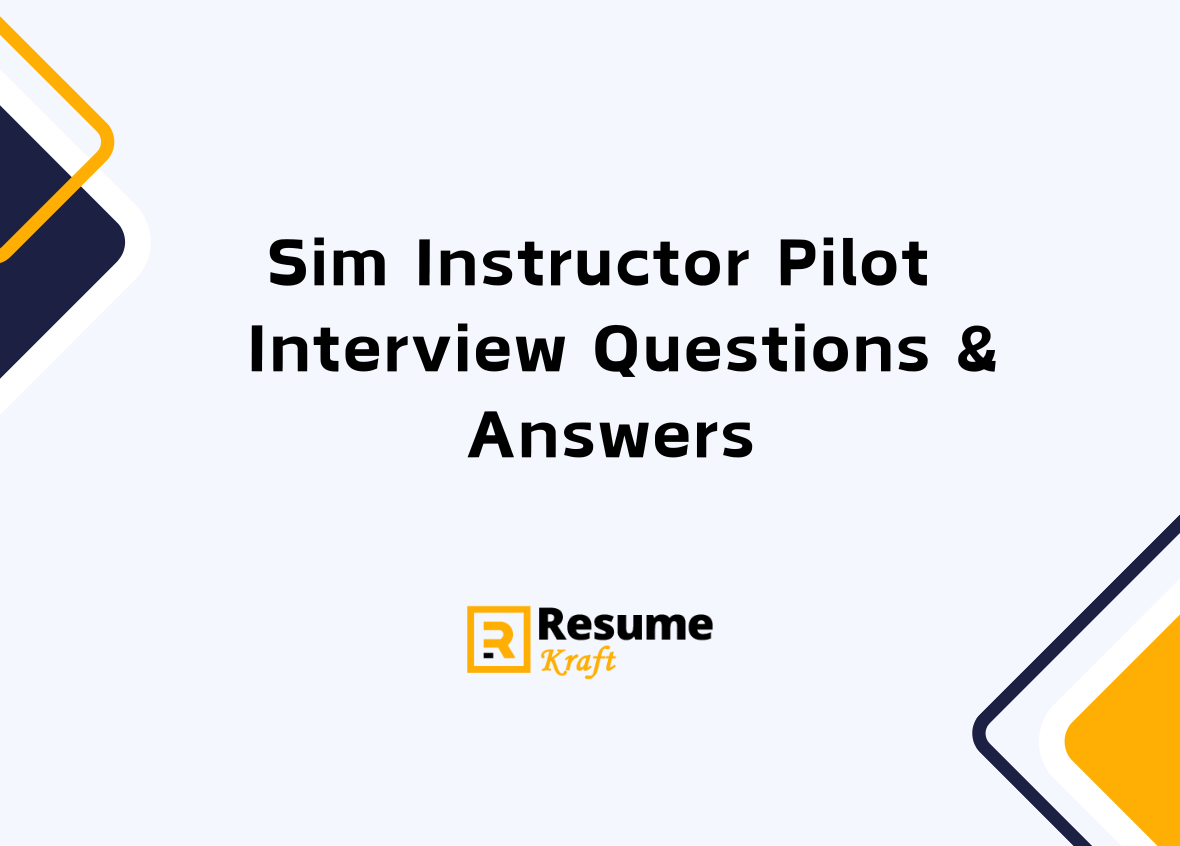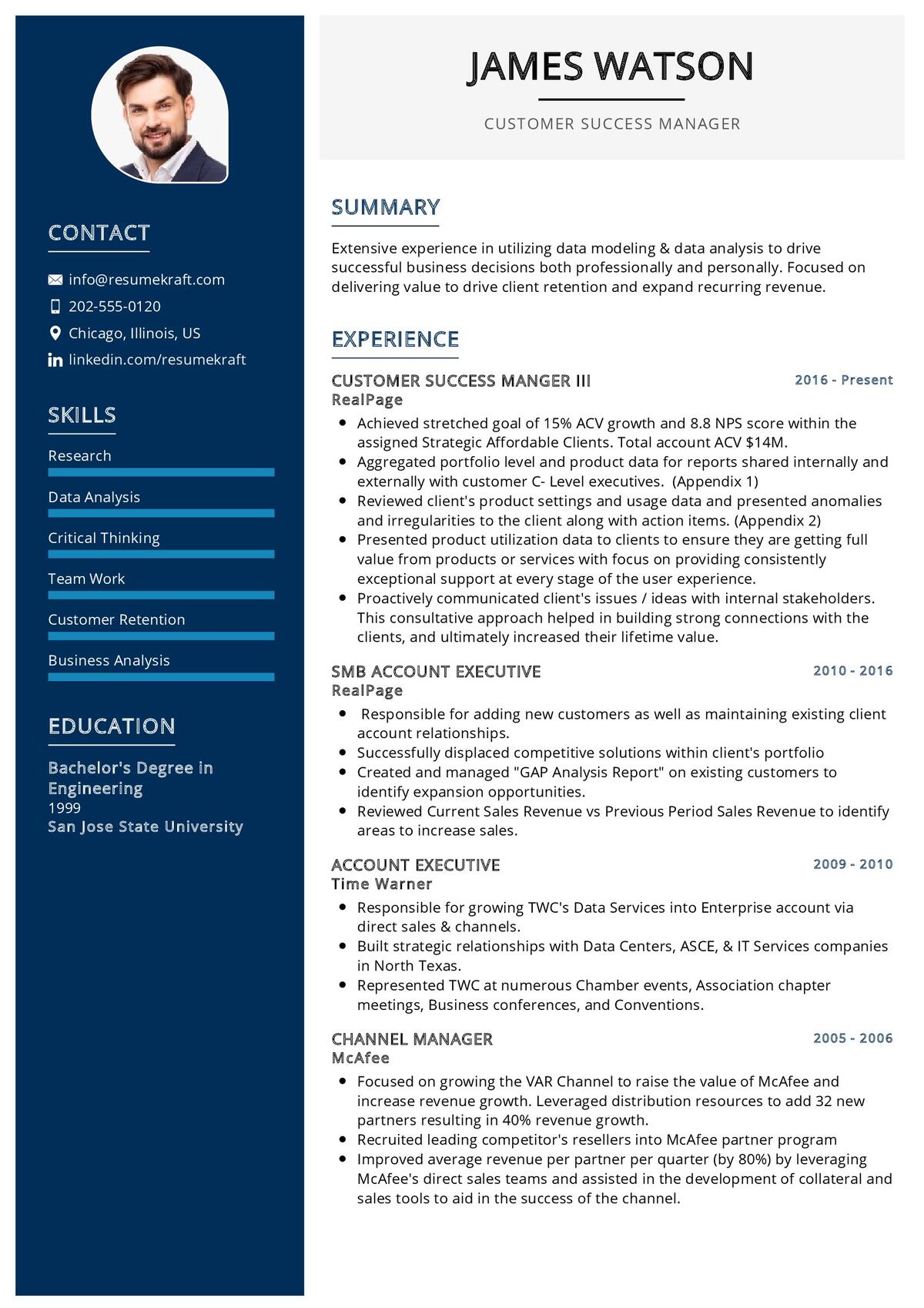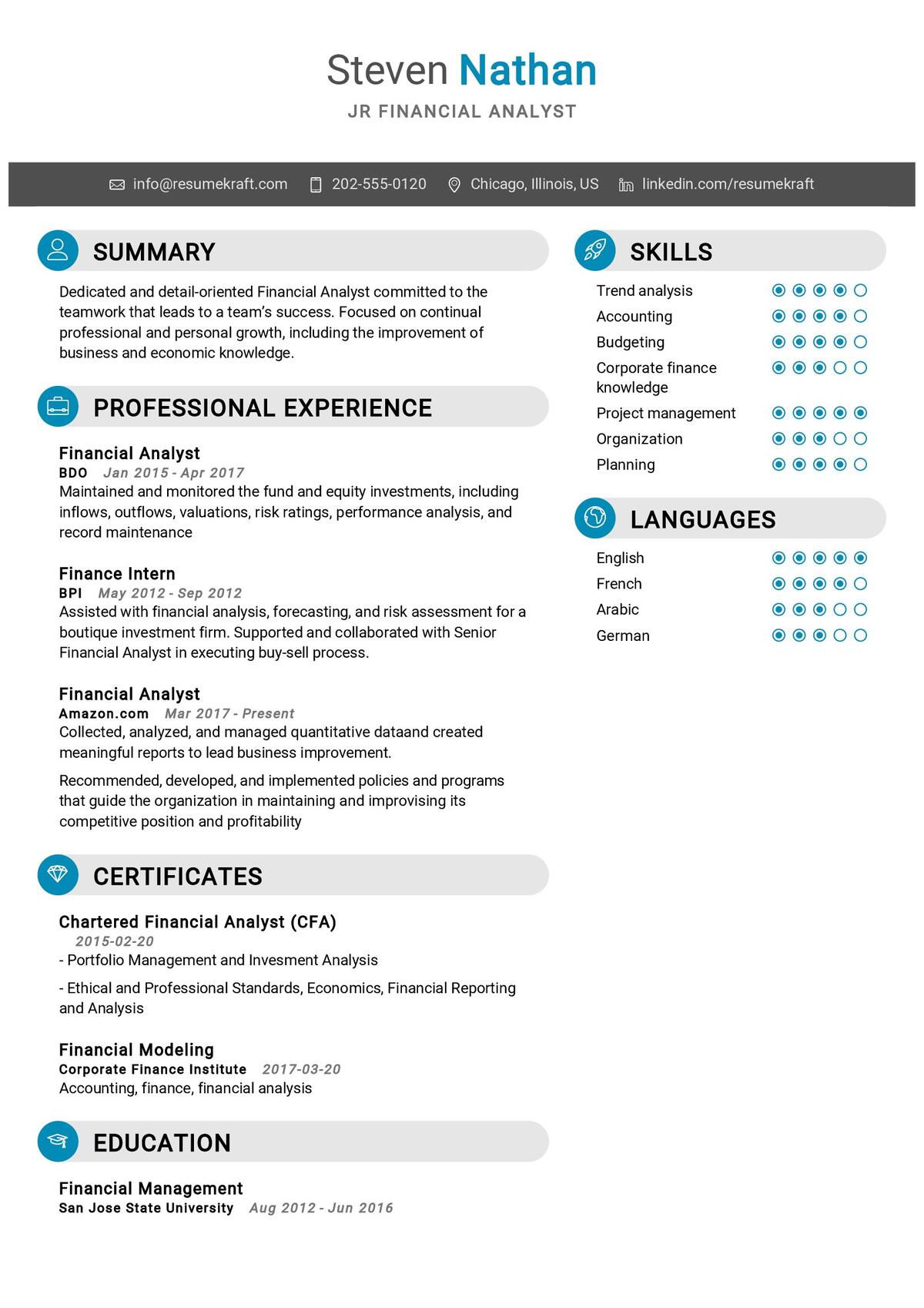
Becoming a simulator instructor pilot is a prestigious role that requires not only flying experience but also the ability to train, guide, and mentor new pilots in simulated environments. The job of a sim instructor pilot is to ensure that pilots are well-prepared for real-life situations, with a focus on safety, skill development, and decision-making. Pilots who pursue this career path typically go through a rigorous interview process that tests their knowledge, experience, teaching ability, and communication skills.
This article will cover the top 34 sim instructor pilot interview questions, providing in-depth answers and explanations to help you prepare for your interview. Whether you’re aspiring to become a sim instructor or you’re preparing for a specific interview, understanding the key questions and their reasoning can help you stand out as a strong candidate.
Top 34 Sim Instructor Pilot Interview Questions
1. What motivated you to become a sim instructor pilot?
A sim instructor pilot’s motivation often comes from a desire to mentor and guide others, share knowledge, and ensure the next generation of pilots is prepared for real-life flying challenges. Personally, I was motivated by the fulfillment of helping aspiring pilots achieve their goals, enhancing their safety awareness, and refining their flying techniques. My experience in the cockpit has driven me to pass on my knowledge in a controlled, simulated environment.
Explanation
Motivation is a key driver for instructors, and demonstrating genuine passion for teaching and aviation is crucial for this role.
2. How do you handle difficult students or pilots during training sessions?
Handling difficult students requires patience, clear communication, and adaptability. I focus on understanding the student’s learning style, adjusting my teaching methods accordingly, and providing constructive feedback. When conflicts arise, I maintain professionalism, offering support and encouragement while focusing on the learning objectives.
Explanation
A sim instructor must manage various personalities and ensure that all students receive effective instruction, even in challenging situations.
3. Can you explain the importance of CRM (Crew Resource Management) in simulator training?
Crew Resource Management (CRM) is crucial because it emphasizes the importance of communication, teamwork, and decision-making in a multi-crew environment. In simulator training, CRM helps pilots work effectively as a team, manage workload distribution, and make informed decisions in high-pressure situations.
Explanation
CRM is a critical component of aviation safety, and sim instructors must reinforce its principles during training.
Build your resume in just 5 minutes with AI.

4. How do you evaluate a pilot’s performance during a simulator session?
Evaluating a pilot’s performance involves observing their technical skills, decision-making process, communication, and adherence to standard operating procedures (SOPs). I use objective criteria to assess their ability to handle normal and emergency scenarios and provide detailed feedback to help them improve.
Explanation
Accurate performance evaluation helps pilots understand their strengths and areas for improvement, contributing to their overall growth.
5. What is the most important skill a pilot should develop during simulator training?
Decision-making is the most important skill a pilot should develop in simulator training. While technical flying skills are essential, the ability to make quick, informed decisions during abnormal or emergency situations is what ensures safety in real-world operations.
Explanation
Decision-making is a critical aspect of flying, and sim training provides a controlled environment for pilots to hone this skill.
6. How do you ensure that your simulator sessions are both challenging and educational for pilots?
I design simulator sessions that simulate real-life scenarios, including unexpected emergencies and weather conditions, to challenge pilots. I ensure that each session is tailored to the pilot’s experience level and incorporates clear learning objectives, offering opportunities for reflection and feedback afterward.
Explanation
Creating challenging yet educational sessions ensures pilots are better prepared for the unpredictability of real-world flying.
7. What role does feedback play in simulator training?
Feedback is essential in simulator training as it helps pilots identify areas for improvement. I provide immediate, constructive feedback after each session, focusing on both technical skills and decision-making. The goal is to create an environment where pilots feel comfortable learning from their mistakes.
Explanation
Feedback helps reinforce learning and allows pilots to refine their skills effectively.
8. How do you approach teaching complex maneuvers in the simulator?
When teaching complex maneuvers, I break them down into smaller, more manageable steps. I explain the theory behind the maneuver, demonstrate it in the simulator, and then allow the pilot to practice while offering guidance and corrections as needed.
Explanation
Breaking down complex maneuvers helps pilots understand the process and execute them more effectively.
9. Can you give an example of a challenging simulator scenario you’ve designed?
One challenging scenario I designed involved simulating a dual-engine failure at cruise altitude over the ocean. The pilot had to manage the emergency, navigate to the nearest suitable airport, and perform a safe landing, all while managing fuel, systems, and communication with air traffic control (ATC).
Explanation
Designing challenging scenarios pushes pilots to their limits and prepares them for the unexpected.
10. How do you stay updated with the latest developments in aviation and training techniques?
I stay updated by attending industry conferences, participating in recurrent training, and reading aviation publications. I also engage with other instructors and pilots to share insights and discuss new techniques. Continuous learning is essential for staying current in aviation.
Explanation
Staying updated ensures that sim instructors can provide the most relevant and effective training to their students.
11. What is your approach to teaching emergency procedures in the simulator?
My approach to teaching emergency procedures is to first explain the theory behind the procedure, followed by a demonstration. I then have the pilot practice the procedure multiple times, with varying levels of difficulty, to ensure they are confident in handling the emergency in a real-life situation.
Explanation
Repetition and variation in emergency procedures help pilots build muscle memory and confidence.
Planning to Write a Resume?
Check our job winning resume samples


12. How do you handle stress and high-pressure situations in the simulator?
I remain calm and composed in high-pressure situations, focusing on the task at hand. My experience as a pilot has taught me the importance of maintaining situational awareness and clear communication, which I pass on to my students in the simulator.
Explanation
Sim instructors must model calmness under pressure to help students develop the same resilience during emergencies.
13. What are some common mistakes pilots make during simulator training, and how do you address them?
Common mistakes include improper CRM, mismanagement of the aircraft’s systems, and poor decision-making under stress. I address these by offering targeted feedback, revisiting the basics, and encouraging pilots to approach each scenario methodically and calmly.
Explanation
Identifying and correcting common mistakes early on helps pilots avoid them in real-world situations.
14. Can you describe a time when a pilot struggled during a simulator session? How did you help them?
I once had a student who struggled with managing multiple system failures simultaneously. I helped them by slowing down the pace, breaking down the scenario, and guiding them step-by-step through each action. This approach helped the pilot regain confidence and improve their decision-making process.
Explanation
Patience and tailored guidance can help struggling students regain their confidence and skill level.
15. How do you ensure pilots are well-prepared for their check rides after completing simulator training?
I ensure pilots are prepared by conducting thorough debriefs after each simulator session, focusing on areas of improvement and reviewing key concepts. I also simulate the conditions they may encounter during their check rides, allowing them to practice in a realistic environment.
Explanation
Effective preparation ensures pilots enter their check rides with confidence and the necessary skills to succeed.
16. What are some ways you foster a positive learning environment during simulator sessions?
I foster a positive learning environment by being approachable, patient, and encouraging. I also create a culture of open communication, where pilots feel comfortable asking questions and discussing their concerns without fear of judgment.
Explanation
A positive learning environment enhances the student’s ability to absorb information and improve their skills.
17. How do you tailor your teaching approach to pilots with different levels of experience?
I assess each pilot’s experience level and adapt my teaching style accordingly. For less experienced pilots, I focus on building foundational skills, while for more seasoned pilots, I challenge them with advanced scenarios and decision-making exercises.
Explanation
Adapting teaching methods ensures that all pilots, regardless of experience level, receive training that is suited to their needs.
18. Can you explain the importance of situational awareness in simulator training?
Situational awareness is crucial in simulator training as it ensures pilots are aware of their environment, systems, and potential hazards. I emphasize situational awareness by designing scenarios that test the pilot’s ability to manage multiple tasks and stay aware of their surroundings.
Explanation
Situational awareness is a key factor in preventing accidents and ensuring safe flight operations.
19. What role does technology play in modern simulator training?
Technology plays a significant role in modern simulator training by providing realistic, immersive environments where pilots can practice complex procedures without the risk of real-life consequences. Advanced simulators also offer data tracking and feedback, allowing for more precise performance evaluations.
Explanation
The use of technology enhances the realism of training and provides valuable insights into pilot performance.
20. How do you assess a pilot’s communication skills during simulator sessions?
I assess communication skills by observing how clearly and efficiently pilots communicate with air traffic control, crew members, and other parties during simulated flights. Effective communication is critical for ensuring smooth operations, especially during emergencies.
Explanation
Strong communication skills are essential for teamwork and safe operations in both simulated and real flight environments.
21. Can you describe your approach to handling simulated emergencies?
My approach to handling simulated emergencies is to guide pilots through the process of identifying the problem, assessing the situation, and taking appropriate action. I emphasize the importance of remaining calm, following procedures, and prioritizing safety.
Explanation
Handling emergencies in a controlled environment helps pilots build the skills needed to manage real-life crises.
22. What challenges have you faced as a sim instructor pilot, and how did you overcome them?
One challenge I’ve faced is managing the different learning speeds of pilots. I overcome this by tailoring my approach to each individual and offering extra practice or detailed explanations when necessary to ensure everyone progresses at their own pace.
Explanation
Being adaptable and understanding the needs of different students is key to overcoming challenges as an instructor.
23. How do you maintain objectivity when assessing a pilot’s performance?
I maintain objectivity by using standardized criteria for performance evaluation. I focus on the pilot’s adherence to procedures, decision-making process, and ability to handle different scenarios, avoiding personal biases in my assessments.
Explanation
Objectivity ensures that pilots are evaluated fairly and consistently, leading to more accurate feedback and improvement.
24. What techniques do you use to help pilots improve their decision-making skills?
I use techniques such as scenario-based training, where pilots are presented with complex situations that require quick decision-making. After the scenario, I lead a debrief to discuss the decisions made, what went well, and what could be improved.
Explanation
Scenario-based training helps pilots practice making decisions in a safe, controlled environment, preparing them for real-world flying.
25. How do you handle situations where a pilot repeatedly makes the same mistake?
When a pilot repeats the same mistake, I take a step back to analyze the root cause. I provide additional instruction, break down the task into smaller steps, and offer them opportunities to practice in a low-pressure environment until they feel comfortable.
Explanation
Understanding the underlying cause of repeated mistakes helps sim instructors provide more effective guidance.
26. What is your philosophy on continuous learning as a sim instructor pilot?
My philosophy is that learning never stops, even for instructors. I believe in constantly updating my knowledge and skills, seeking out new training methods, and staying informed about changes in aviation regulations and technology.
Explanation
Continuous learning ensures that instructors can provide the most up-to-date training and support to their students.
27. How do you manage the balance between following SOPs and encouraging pilots to think critically during simulator sessions?
I emphasize the importance of SOPs for maintaining safety and standardization, but I also encourage pilots to think critically and adapt to dynamic situations. In the simulator, I create scenarios where pilots must apply SOPs creatively to solve problems.
Explanation
Balancing SOP adherence with critical thinking helps pilots develop the ability to handle unexpected situations while maintaining safety.
28. How do you incorporate debriefing into your training sessions?
Debriefing is an integral part of my training sessions. After each simulator session, I lead a detailed discussion about what went well, areas for improvement, and how the pilot can apply the lessons learned in future flights. I encourage pilots to reflect on their performance and ask questions.
Explanation
Debriefing reinforces learning by allowing pilots to reflect on their performance and understand how they can improve.

Build your resume in 5 minutes
Our resume builder is easy to use and will help you create a resume that is ATS-friendly and will stand out from the crowd.
29. What are some ways you help pilots build confidence in their abilities during simulator training?
I help pilots build confidence by gradually increasing the difficulty of scenarios and providing positive reinforcement when they perform well. I also encourage them to focus on their progress rather than perfection, reminding them that mistakes are part of the learning process.
Explanation
Building confidence is crucial for a pilot’s development, and sim instructors play a key role in fostering this confidence.
30. How do you handle time management during simulator sessions to ensure all objectives are met?
I prioritize the most critical learning objectives at the start of each session and ensure that we spend adequate time on each. If necessary, I adjust the schedule to focus on areas where the pilot needs the most improvement, while still covering all essential material.
Explanation
Effective time management ensures that all learning objectives are met within the constraints of the training session.
31. What is your approach to handling fatigue in pilots during long simulator sessions?
Fatigue can significantly impact performance, so I closely monitor the pilot’s condition throughout the session. If signs of fatigue appear, I adjust the pace, incorporate breaks, and emphasize the importance of self-care and proper rest before training.
Explanation
Managing fatigue is important for ensuring pilots remain focused and perform well during training sessions.
32. How do you ensure that pilots are prepared for both normal and abnormal operating conditions?
I ensure that pilots are prepared for both normal and abnormal conditions by designing simulator sessions that include routine operations as well as emergencies and system malfunctions. I emphasize the importance of staying vigilant and being ready to adapt to changing situations.
Explanation
Training for both normal and abnormal conditions helps pilots develop the flexibility and resilience needed for real-world flying.
33. What role does mentorship play in your approach to simulator training?
Mentorship is a key aspect of my approach to simulator training. I see myself not just as an instructor but as a mentor who supports pilots throughout their careers. I offer guidance, encouragement, and advice, helping them navigate the challenges of aviation.
Explanation
Mentorship provides pilots with a trusted source of support and advice, which can significantly enhance their learning experience.
34. What is your long-term goal as a sim instructor pilot?
My long-term goal as a sim instructor pilot is to continue developing my skills as an educator while helping shape the next generation of pilots. I aim to contribute to the overall safety and professionalism of the aviation industry by mentoring and training competent, confident pilots.
Explanation
Having a long-term vision demonstrates dedication to the profession and a commitment to ongoing personal and professional development.
Conclusion
Becoming a sim instructor pilot requires more than just technical flying skills; it demands strong communication abilities, patience, adaptability, and a passion for teaching. The interview process for this role is designed to assess a candidate’s experience, instructional methods, and their ability to handle both students and complex situations. By reviewing and preparing for these top 34 interview questions, candidates can improve their chances of success and demonstrate their readiness to take on this rewarding role.
Through dedication and a focus on continuous improvement, sim instructor pilots play a crucial role in shaping the skills and safety of the next generation of aviators. With proper preparation and the right mindset, you can excel in your sim instructor pilot interview and make a meaningful impact in the aviation industry.
Recommended Reading:

